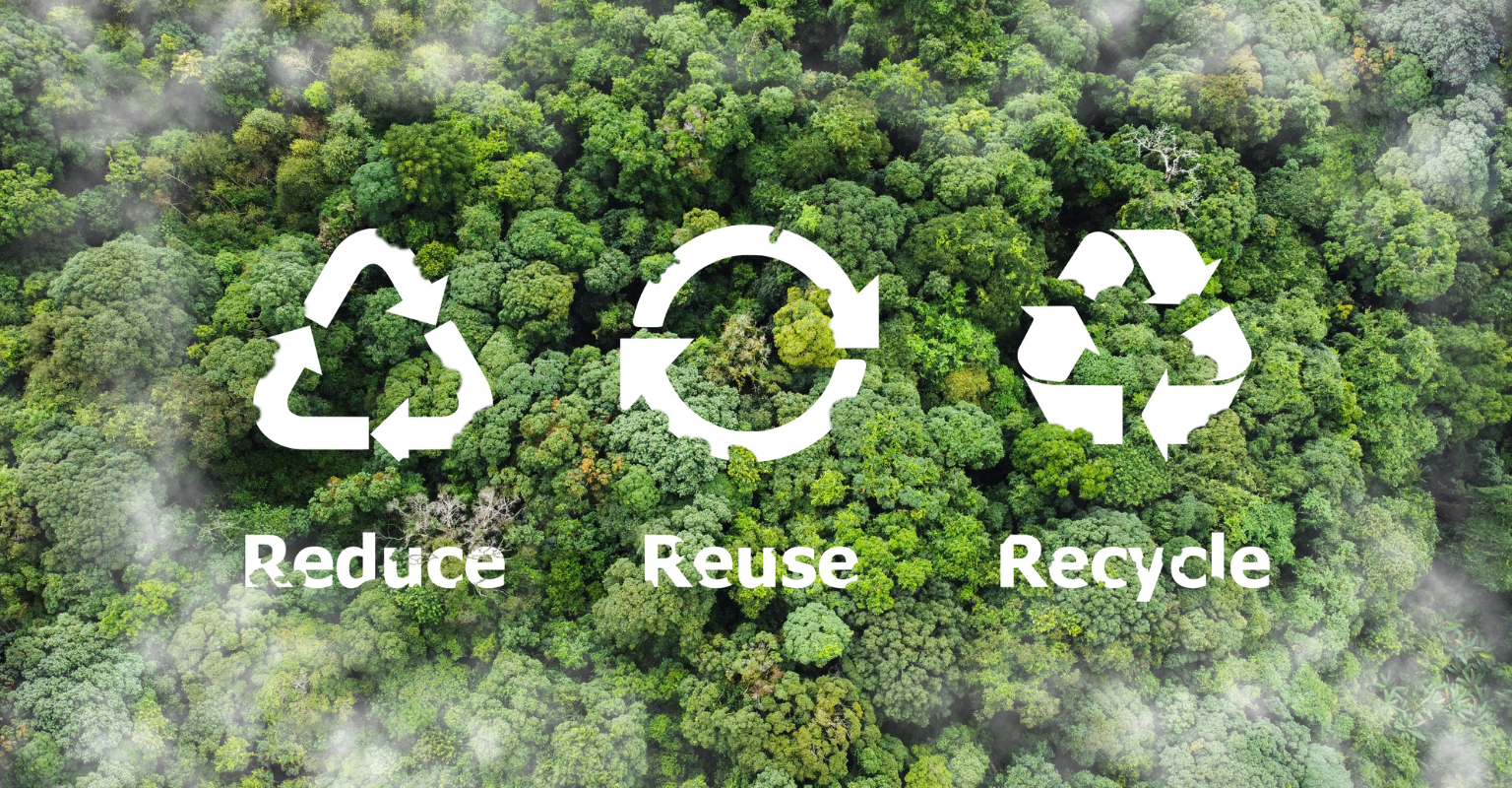According to the Organisation for Economic Cooperation and Development, if our consumption of finite resources (like metals) continues to grow at its current pace, we will need 2.3 planets by 2040. (Source)
If your company is pushing circularity as part of its sustainability agenda, reassessing your split roller bearing criteria could support your objectives.
In doing so, you’ll benefit from additional benefits like these identified by the Institute of Asset Management (IAM):
- Reduced reliance on lead times
- More uptime
- CAPEX savings
What is circularity?
For decades now we have lived in a take-make-waste culture, where we remove materials from the earth, make what we need, then throw it away and start the process over. This is called a linear economy.
A circular economy is based on the principles of reduce-reuse-recycle, where we actively reduce what we take from the earth by prolonging the operational life of the things we make, reuse products wherever possible, and recycle everything we can.
REDUCE AND REUSE: Use fewer natural resources (metals) by extending the operational life of your split roller bearings
The key to reducing reliance on natural resources is to extend the operational life of your assemblies and systems through predictive maintenance and well-considered specification:
- Predictive maintenance can be done manually or with condition monitoring sensors – either way, troubleshooting bearing performance issues when they can be fixed with a repair rather than a replacement allows you to keep most of the assembly (made from natural materials like metals) in operation. This reduces your reliance on finite materials and promotes circularity.
- When the time does come to replace your bearings, shop the market for one that meets the needs of your application – higher load capacity bearings for example can extend operational life in heavy industrial applications. If your company promotes circular economics, it’s critical you reevaluate your bearing specification to make sure you are using the brand that can offer the best performance efficiencies.
- Consider the reuse of existing components– like keeping your old housing in situ to reduce the need for further metal extraction and processing.
- Learn about state-of-the-art split bearing designs that use sustainable materials like 3D printed PA 11 which is made from 100% natural castor beans – these options reduce your reliance on finite materials by reducing your reliance on metal extraction.
RECYCLE: Keep packaging and bearing components out of landfill
The primary material for bearing construction is steel, meaning it can be recycled using scrap metal processes. If your bearing contains other materials like 3D printed resin, you can recycle it using similar local recycling services.
Remember, rings and rolling elements can be recycled separately as high-quality steel and grease can be removed, collected, and recycled separately according to local environmental legislation and regional waste management best practices.
Most bearing packaging can be recycled curbside or reused for storing other components or consumables.

